Tidal and Spotify are two of the most popular streaming services. Titans in the industry, they not only allow you to explore and listen to an obscene amount of music (the stark difference between the days of vinyl and modern-day streaming is night and day) but they also offer a wealth of features that benefit both music listener and musician/content creator.
Being completely neutral to both streaming platforms and owning a high-end streaming server with an external DAC, this will be a novel Tidal vs. Spotify test. Although I do stream music, my chosen platform is neither Tidal nor Spotify, making this the ideal article for anyone looking to use either, as I’ll tell it as it is.
Both platforms offer a 30-day free trial, which I took advantage of. Setting up an account was straightforward on each platform’s website, though both services required payment details during signup and Spotify took an authorisation charge.
In a hurry? Here’s our verdict
Tidal
You’ve likely heard it all before, but Tidal is genuinely designed for those who want high-quality sound combined with good usability and cross-platform functionality, such as integration with Roon. Its music library is extensive, boasting 110 million tracks and counting. If you have the right equipment, Tidal should definitely be high on your list.
| Pros | Cons |
|---|---|
| 110 million tracks to choose from - and that’s expanding every day | Normal listing output is at 96kbps, not 320kbps |
| Growing musical library of Sony Reality Audio and Dolby Atmos | The algorithm is not as slick, with poorly chosen tracks included within its created mixes |
| Offers hi-fi-quality music with standard subscriptions | Lacks the smoothness of Spotify's interface |
| Student discounts offered | |
| DJ Extension brings a nice touch |
Spotify
When it comes to functionality, Spotify just works. You can tell it’s been around since 2006 as it has refined all those features that other platforms are still trying to perfect, delivering a seamless and polished experience. The audio quality is impressive too, thanks to the use of Ogg Vorbis file formats. Spotify truly hits the mark for casual listeners.
| Pros | Cons |
|---|---|
| You can have it for free with adverts | Music isn't hi-fi quality |
| Uses what is widely regarded as the best file format for MP3 playback | For larger families, it is cheaper to go with Tidal |
| The algorithm gets it right without any effort, introducing you to new artists | No extension packs |
| Compatible with most electronics and smart home features | |
| 100+ million tracks | |
| Easy-to-use app |
How we’ve tested these streaming services
My high-end server uses mconnect for streaming services, which seamlessly supports Tidal but doesn’t include Spotify as part of its platform. As a result, I’ll need to rely on AirPlay 2 for Spotify. This means that this test will also evaluate both Tidal and Spotify in terms of their apps, services, and algorithms.
The artists selected during signup were Ed Sheeran, Rudimental, Disclosure, and The Weeknd. Straight away, it’s clear that the two apps operate differently, with one being noticeably more user-intuitive – a detail we’ll reveal later.
The electronics used for testing included the Quad Artera Solus Play, paired with the KEF R5 Meta floorstanders, with AirPlay being the streaming method. Since we’re not testing Tidal HiFi Plus, this allows for a fairer comparison of both platforms based on their standard file types when evaluating Tidal vs. Spotify.
If you’re curious about file formats, Tidal uses AAC, while Spotify relies on Ogg Vorbis. If you’re unfamiliar with these, check out our guide to audio file formats. Spotify’s file format is often regarded as the class leader for MP3-quality streaming, while Tidal’s AAC format supports multi-channel audio, enabling features like Sony 360 Reality Audio and Dolby Atmos.
Tidal vs. Spotify
Music discovery
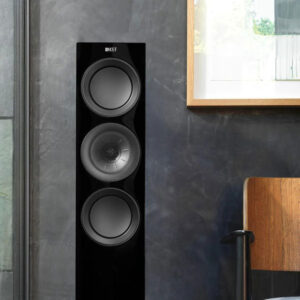 Both apps are user-friendly, with Tidal providing a Welcome Mix and Spotify offering a mix for each artist to help you get started. They’re simple to use – just click and play. Hitting the first track on either reveals a wide variety of artists in each mix, all aligned with the selected genre and tempo.
Both apps are user-friendly, with Tidal providing a Welcome Mix and Spotify offering a mix for each artist to help you get started. They’re simple to use – just click and play. Hitting the first track on either reveals a wide variety of artists in each mix, all aligned with the selected genre and tempo.
Once Tidal gets to know your preferences, its algorithm populates the ‘My Mix’ section with eight playlists tailored to your listening habits. You’ll also find ‘My Collections,’ which contains your favourites, as well as ‘Tidal Rising’ – a feature showcasing emerging artists (similar to Spotify’s Featured Charts).
Spotify also features a tile section that updates as it learns your music preferences, alongside other popular options from around the globe. The ‘Discover Weekly’ feature functions similarly to Tidal’s ‘My Mix,’ as it’s generated based on your listening habits.
Tapping on the ‘Featured Charts’ tiles reveals what people worldwide are listening to, with at least six options to explore.
Tidal also offers a selection of personalised radio stations, which use its algorithm to curate approximately 100 tracks with a similar genre and tempo.
What’s also particularly useful about Spotify is its ‘Release Radar,’ a weekly playlist dedicated exclusively to new releases from artists. This feature allows artists to pitch their songs for inclusion in the following week’s playlist, ensuring fans never miss a new release.
Content
Both Tidal and Spotify offer more songs than you could ever listen to in a lifetime, with neither platform lacking in content. Tidal has surpassed the 110-million track mark, while Spotify has reached 100 million at the time of writing, and both libraries continue to grow.
Tidal, depending on your account type, also includes a pre-release feature that offers exclusive access to music and videos before their official release – when permitted by the artist. Meanwhile, Spotify boasts over 6 million podcasts for its users. Both platforms also feature an editorial choice section, offering a diverse selection of curated playlists across various musical genres.
Audio quality
 Since we’re unable to test high-resolution audio via AirPlay, both platforms should, in theory, sound identical, as the differences between similar encodings aren’t meant to be noticeable. However, when comparing the same tracks on Tidal and Spotify, Tidal seems to deliver a softer and calmer sound profile.
Since we’re unable to test high-resolution audio via AirPlay, both platforms should, in theory, sound identical, as the differences between similar encodings aren’t meant to be noticeable. However, when comparing the same tracks on Tidal and Spotify, Tidal seems to deliver a softer and calmer sound profile.
Yes, sound can be subjective, but when I asked my wife for her thoughts, she noted that it seemed different – though she couldn’t quite articulate why.
Could this be due to one being a multi-track format compared to an MP3 stereo format? Who knows. Either way, after just a few moments of listening, it’s clear that both platforms have what it takes to bring music to life.
Of course, I wouldn’t be doing my job if I didn’t try some hi-res music, which Tidal is renowned for.
I wasn’t able to take advantage of features like Sony’s 360 Reality Audio and Dolby Atmos due to my stereo configuration. However, based on the audio quality I experienced, there’s no reason to doubt the capabilities of these advanced formats.
You’ll need a Tidal HiFi Plus account to access some of these features, but during the first 30 days, I could listen to hi-res files up to 24-bit/192kHz. Tidal is renowned for its hi-res audio quality, which, for many people, is the deciding factor between the streaming service and other competitors.
The level of detail and clarity rivals the very best formats, such as SACD and Blu-ray Audio, not to mention vinyl. If top-tier audio quality is non-negotiable for you, then Tidal is the clear winner.
Accessing this is straightforward via the Tidal app. Simply tap the settings gear in the top-right corner of the screen, then navigate to ‘Audio & Playback’ and ‘Wi-Fi Streaming.’ You’ll be presented with options for Low, High, and Max, with the latter claiming to output tracks at their highest bitrate level.
With Tidal HiFi Plus, the audio settings also include options for Normal, HiFi, as well as Sony 360 Reality Audio and Dolby Atmos, where supported. Meanwhile, Spotify has been developing its own hi-res music streaming service, Spotify HiFi. However, after numerous delays, there is still no official release date. Once it becomes available, we’ll be sure to update our article with our findings.
Social features
Tidal and Spotify both enable social interaction, although Tidal’s Live Sessions are strictly for subscribers and limited to select countries, meaning I wasn’t able to test this feature.
Spotify wins on this front, with two features that enable social interaction: Spotify Blend and Spotify Wrapped. Blend lets users share their created playlists. As I don’t have friends connected to my free 30-day account, I can’t provide a first-hand perspective, so feel free to share your experiences in the comments – there’s nothing quite like hearing from real users!
Another notable feature is Spotify Wrapped. This animated section highlights your top 50 tracks, making it incredibly easy to create playlists based on your listening habits. You can even add your own tracks to these playlists, making sharing music with others simpler than ever.
Tech compatibility
 If you listen to Tidal or Spotify on your smartphone, you can take your music anywhere and connect to other devices as long as they have Bluetooth compatibility.
If you listen to Tidal or Spotify on your smartphone, you can take your music anywhere and connect to other devices as long as they have Bluetooth compatibility.
Tidal offers a feature called Tidal Connect, a cloud-based system that allows you to stream music to compatible smart speakers and electronics from brands like KEF, Naim, iFi, and Lyngdorf with just a few clicks.
Spotify Connect provides a similar feature that appears to be more widely adopted. It supports voice-connected devices using Amazon Alexa, Google Assistant, and Apple Siri, making it even easier to connect. If your device has the Spotify Connect logo, it’s just a matter of a few clicks on your smartphone to get started.
Extra features
Any budding DJs should take note that Tidal offers an additional subscription add-on specifically for DJ use. This feature is compatible with a wide range of recognised DJ software and hardware, including Denon DJ, djay Pro, and rekordbox.
Plus, the high-quality audio Tidal provides comes remarkably close to the warm, rich sound of vinyl.
Spotify, on the other hand, shines in other areas, such as its extensive library of podcasts. And let’s not forget the personalised mixes. When I added just four artists, I wasn’t sure what to expect, but the resulting mixes highlighted Spotify’s edge over Tidal, in my opinion. This is likely due to Spotify’s enormous base of free and paid subscribers, giving it a vast amount of data to fine-tune its algorithm to impressive levels.
Pricing
| Tidal | Spotify | |
|---|---|---|
| Free version? | No | Yes, with advertising |
| Trial period | 30-days; requires registration | 30-days; requires registration with an authorisation fee |
| Individual | £10.99pm | £10.99pm |
| Student option | £5.95pm | £5.99pm |
| Duo | N/A | £16.99pm; 2 accounts @ 320kpbs |
| Family | £16.99pm; 6 accounts @ 24Bit/96kHz | £19.99pm; 6 Accounts @ 320kbps; parental lock; access to audiobooks for main user |
| Hi-Resolution Individual | £19.99pm; includes Sony Reality Audio and Dolby Atmos plus other application features | N/A |
| Hi-Resolution Family | £29.99pm; identical to the individual account while allowing for up to 6 users | N/A |
| DJ Package | Additional £9pm compatible with Rekordbox, serato, djaypro, VIRTUALDJ, edlingMIX, Denon DJ, DJUCED, DEX, TRIBE | N/A |
Tidal vs. Spotify: How to choose
Deciding between Tidal and Spotify ultimately comes down to how you plan to use the platform. If you’re after a free service that functions like a commercial radio station, Spotify is the clear choice – it’s free and does exactly what it promises.
However, if you’re looking for an ad-free experience, the ability to stream from your smartphone, and seamless connectivity to Bluetooth, headphones, or other streaming solutions like AirPlay, both platforms perform at the same level, albeit using different encoding systems.
From there, it comes down to features and app usability – and for me, Spotify takes the lead. Its algorithm consistently delivers music you want to hear, even from artists you’ve never encountered before.
Taking music to the next level highlights the shortcomings of weaker audio formats, leaving you craving a bit more quality to match the richness of a CD or vinyl record. This is where Spotify’s lack of hi-res support becomes a significant drawback. As soon as you play high-quality file formats on Tidal, that desire for more disappears.
FAQs
Is Tidal any better than Spotify?
Whether or not Tidal is better than Spotify depends on your goals. If you’re after superior audio quality, including formats like Sony 360 Reality Audio and Dolby Atmos, then yes, Tidal has the edge. However, if you’re someone who simply wants to play music without focusing too much on the finer details, the two platforms are very similar.
Is Tidal HiFi actually better?
If you have the right equipment to support Dolby Atmos or Sony 360 Reality Audio, Tidal HiFi can deliver an audio experience that goes beyond what the standard subscription offers. However, for those using traditional audio setups, the advantage is less noticeable, especially now that MQA has gone into administration.
How much does Tidal cost per month?
As of the time of writing, an individual subscription to Tidal costs £10.99 per month. However, if you’re a student enrolled at college or university, you can subscribe for a reduced rate of £5.95 per month.
Final thoughts
When tasked with comparing Tidal vs. Spotify, I initially expected Tidal to be the clear winner, especially given how much I value audio quality at home. However, after using both platforms extensively and familiarising myself with their apps and quirks, the comparison turned out to be less straightforward than I had anticipated.
As someone who values high-quality sound, it’s one of the reasons I currently use a Tidal competitor alongside my extensive music library at home. Yet, I found myself gravitating towards Spotify more often than Tidal. Spotify seemed to have an uncanny ability to pick the right song for me, even introducing me to artists I hadn’t heard of but still enjoyed.
With Tidal, I noticed I was skipping tracks more frequently, which highlighted the differences in the algorithms each platform uses. Perhaps I’m being unfair to Tidal – it might deliver similar results after a few months of learning my listening habits. However, in today’s instant-gratification culture, Spotify’s ease of use and ability to deliver on the spot made it stand out.
Will I be switching from my Tidal competitor? Not right now. But who knows – if Spotify eventually launches Spotify HiFi and integrates with mconnect, it could become a game-changer.
For more guides, check out the links below.
The 7 Best Music Streaming Services
How to Build a Hi-Fi System – A Complete Guide


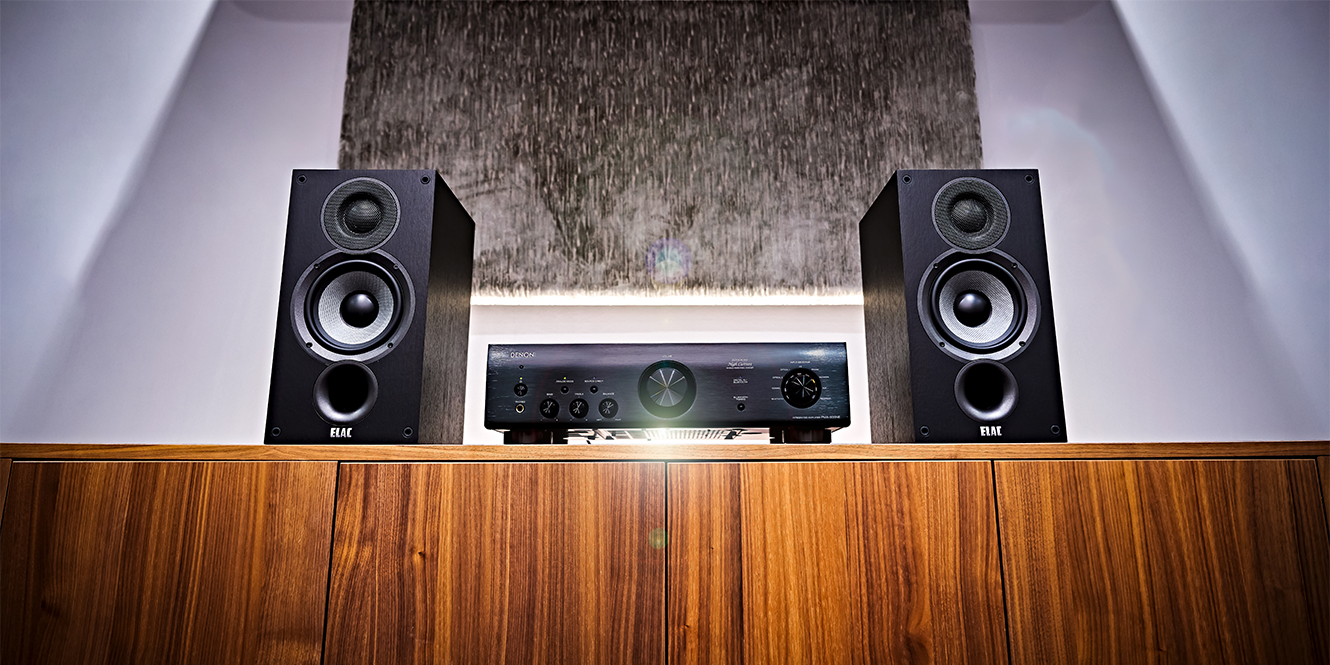
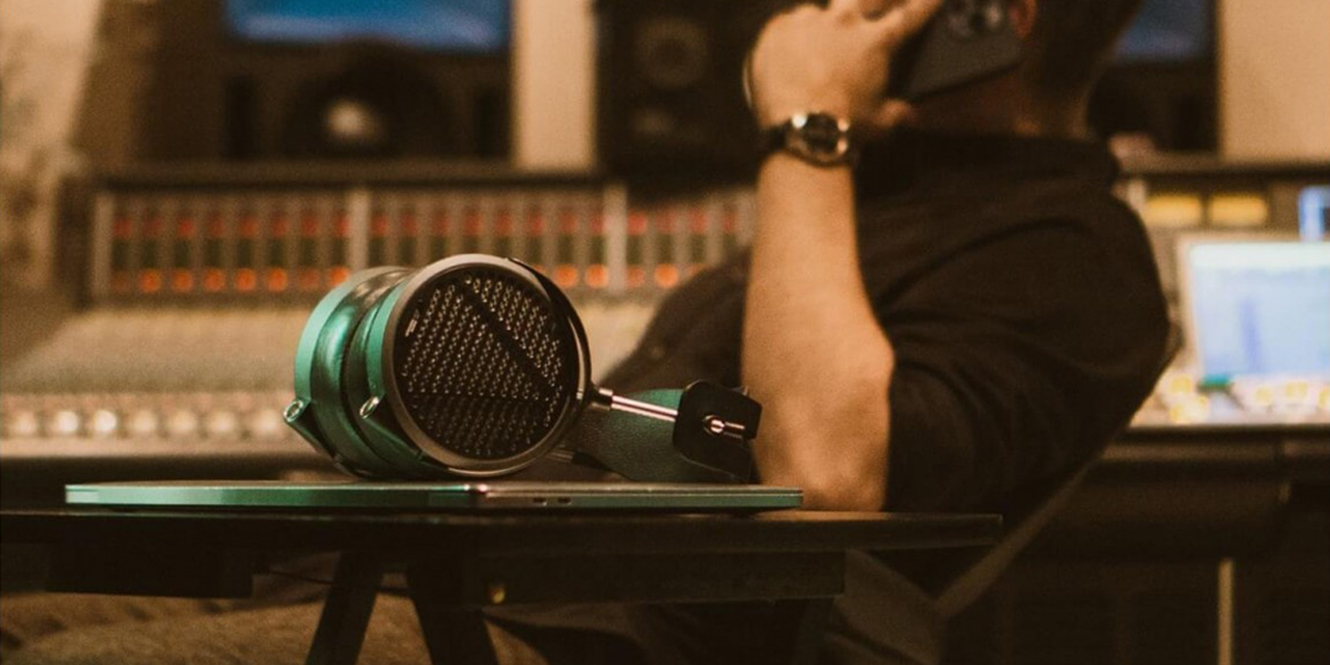
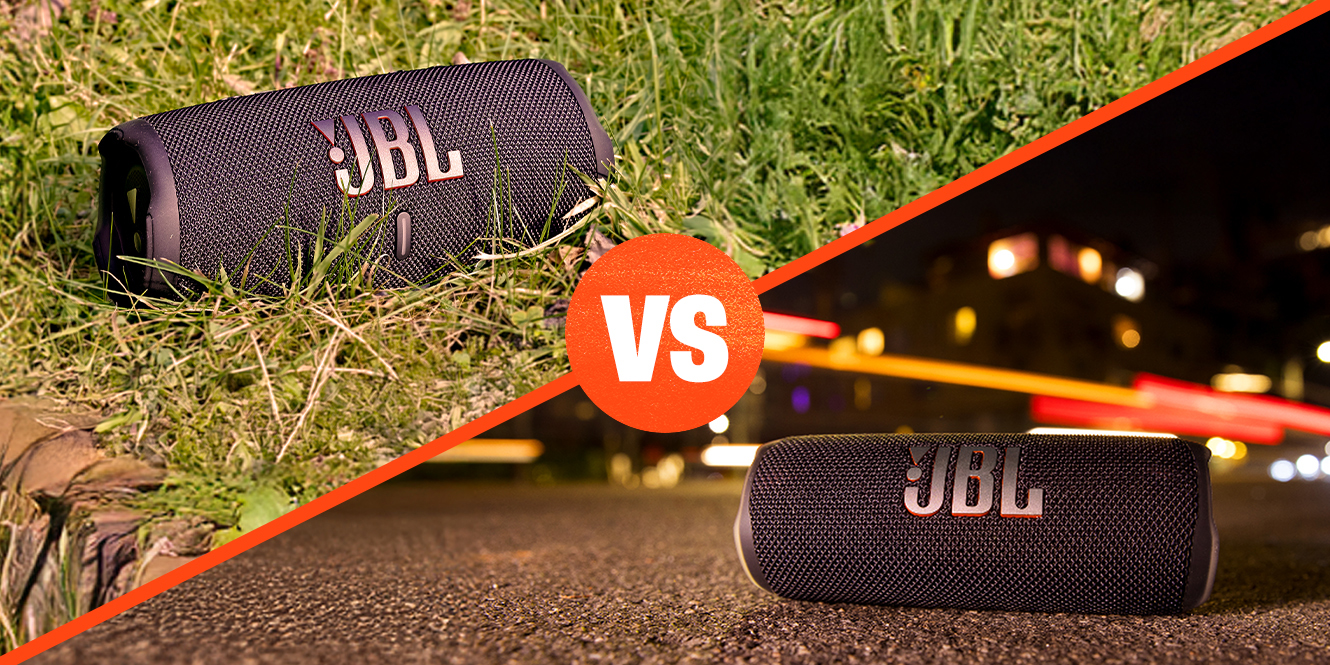
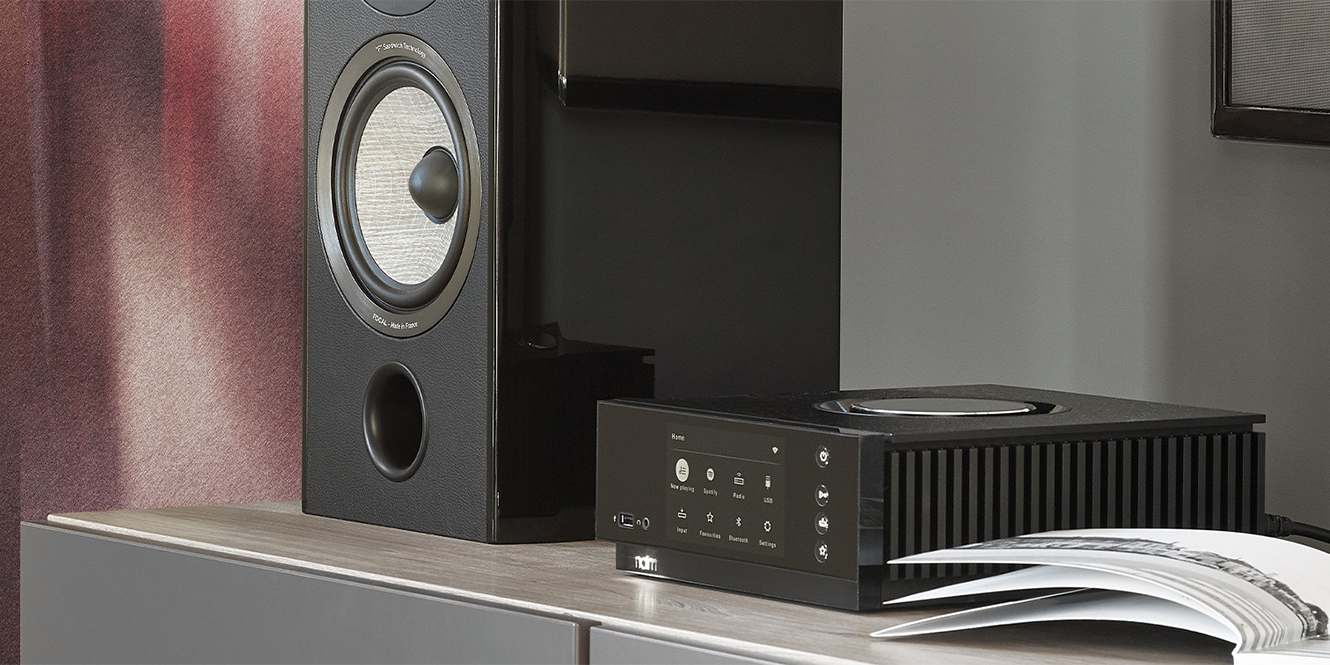






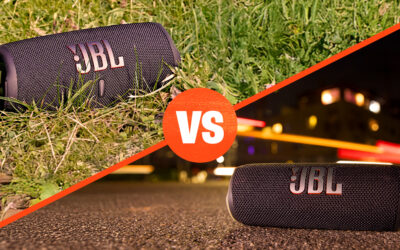
0 Comments